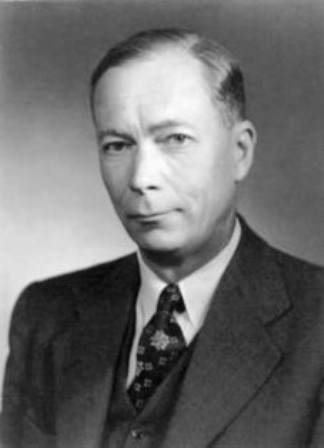Why was Henrik Dam Awarded the Nobel Prize for Physiology or Medicine in 1943?
Henrik Dam's Nobel Prize: Unveiling the Secrets of Vitamin K and Blood Clotting
In 1943, Henrik Dam, a Danish biochemist, was awarded the Nobel Prize for Physiology or Medicine for his pioneering research on vitamin K and its role in blood clotting. Dam’s groundbreaking investigations into the essential nutrient and its impact on coagulation processes played a pivotal role in his esteemed recognition by the Nobel Committee. This article delves into the remarkable achievements that led to Dam’s Nobel Prize and sheds light on the enduring impact of his discoveries in understanding blood clotting mechanisms.

Discovering Vitamin K:
Henrik Dam’s journey towards the Nobel Prize began in the 1920s when he set out to study the role of cholesterol in the blood. During his experiments, Dam made an intriguing observation – chickens fed a cholesterol-deficient diet exhibited excessive bleeding and hemorrhages. Recognizing that something other than cholesterol was responsible, Dam hypothesized the existence of an unidentified compound vital for blood clotting.
In collaboration with Danish scientist Carl Peter Henrik Lund, Dam conducted further research and isolated a fat-soluble substance from alfalfa plants, which he named “vitamin K” (K for “koagulation,” the Danish term for coagulation). Dam’s discovery marked the identification of a new essential nutrient that played a crucial role in blood clotting.
Understanding Blood Coagulation:
Dam’s subsequent investigations focused on unraveling the mechanisms through which vitamin K facilitated blood clotting. He demonstrated that vitamin K was essential for the production of a key protein called prothrombin, which played a central role in the clotting cascade. Without adequate vitamin K, the synthesis of prothrombin was impaired, leading to prolonged bleeding and a higher risk of hemorrhages.
Dam’s work provided a foundation for understanding the complex process of blood coagulation and shed light on the role of vitamin K in maintaining hemostasis, the body’s ability to control bleeding. His research paved the way for further exploration of the biochemical pathways and factors involved in coagulation, leading to significant advancements in the diagnosis and treatment of bleeding disorders.
Significance and Legacy:
Henrik Dam’s Nobel Prize win in 1943 recognized the profound impact of his research on vitamin K and blood clotting. His pioneering discoveries not only unveiled the existence of a vital nutrient but also unraveled the mechanisms underlying its role in coagulation processes.
Beyond the Nobel recognition, Dam’s legacy can be seen in the continued research and applications of his findings. The understanding of vitamin K’s significance has led to improved treatments for bleeding disorders, including the development of medications to manage conditions such as warfarin-induced bleeding and vitamin K deficiency-related bleeding in newborns.
Henrik Dam’s Nobel Prize in Physiology or Medicine in 1943 celebrated his groundbreaking research on vitamin K and its essential role in blood clotting. His discoveries revolutionized our understanding of coagulation processes, shedding light on the significance of vitamin K in maintaining hemostasis.
Dam’s work has had a lasting impact on medical science, enabling advancements in the diagnosis and treatment of bleeding disorders. Henrik Dam’s remarkable contributions to the field of physiology continue to inspire researchers in their pursuit of knowledge and innovation, underscoring the transformative power of scientific inquiry in improving human health.




